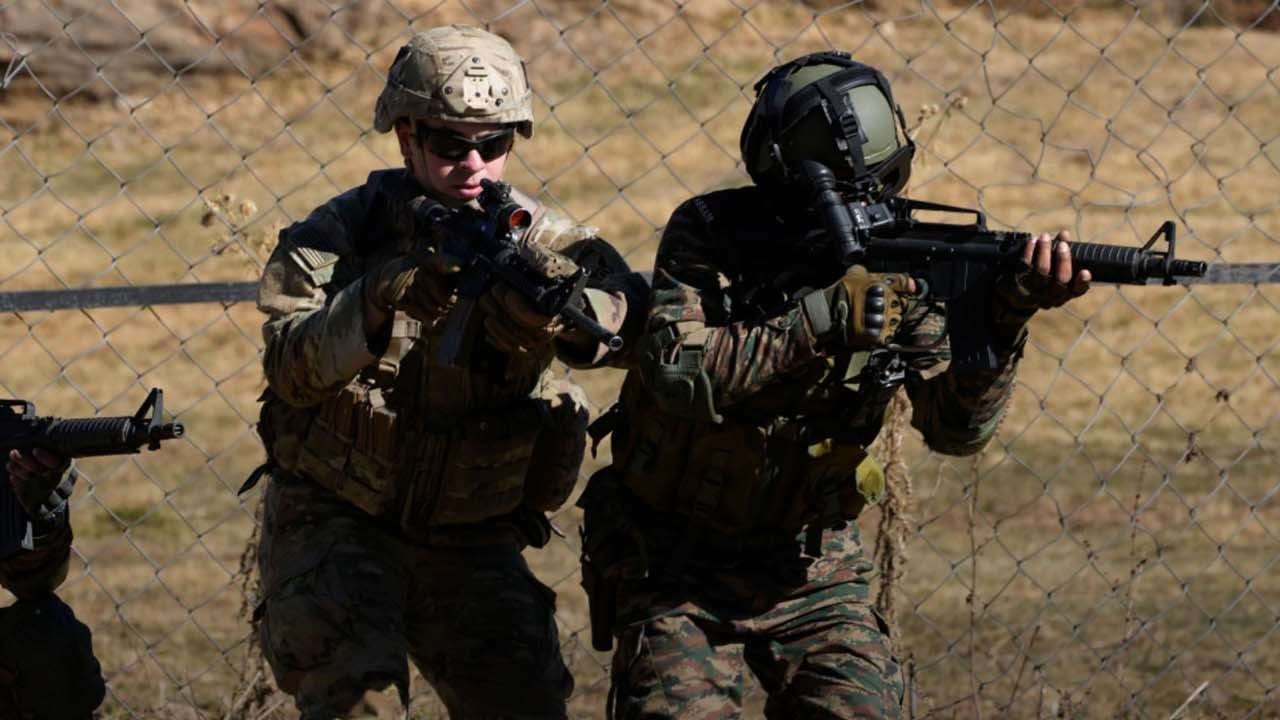
As India asserts itself, Kashmir looks set for ‘crucial, unpredictable’ few years
- Political stakes in the long disputed region have been higher than ever since India revoked autonomy to the half of Kashmir it administers in 2019
- Indian PM Narendra Modi’s decisions have led to fears among Kashmir’s Muslim majority that they will become a subservient minority
The youngsters are accustomed to seeing soldiers heading to and from Pandu. At 2,780 metres (9,121 feet), it is the highest-altitude army camp in the Himalayan valley.
Getting to Pandu is a challenge. The road narrows and steepens as it climbs the mountainside slopes, held together by cedar and sycamore forests.
At one point, the driver pulls over to allow an army-escorted convoy of United Nations military observers to pass.
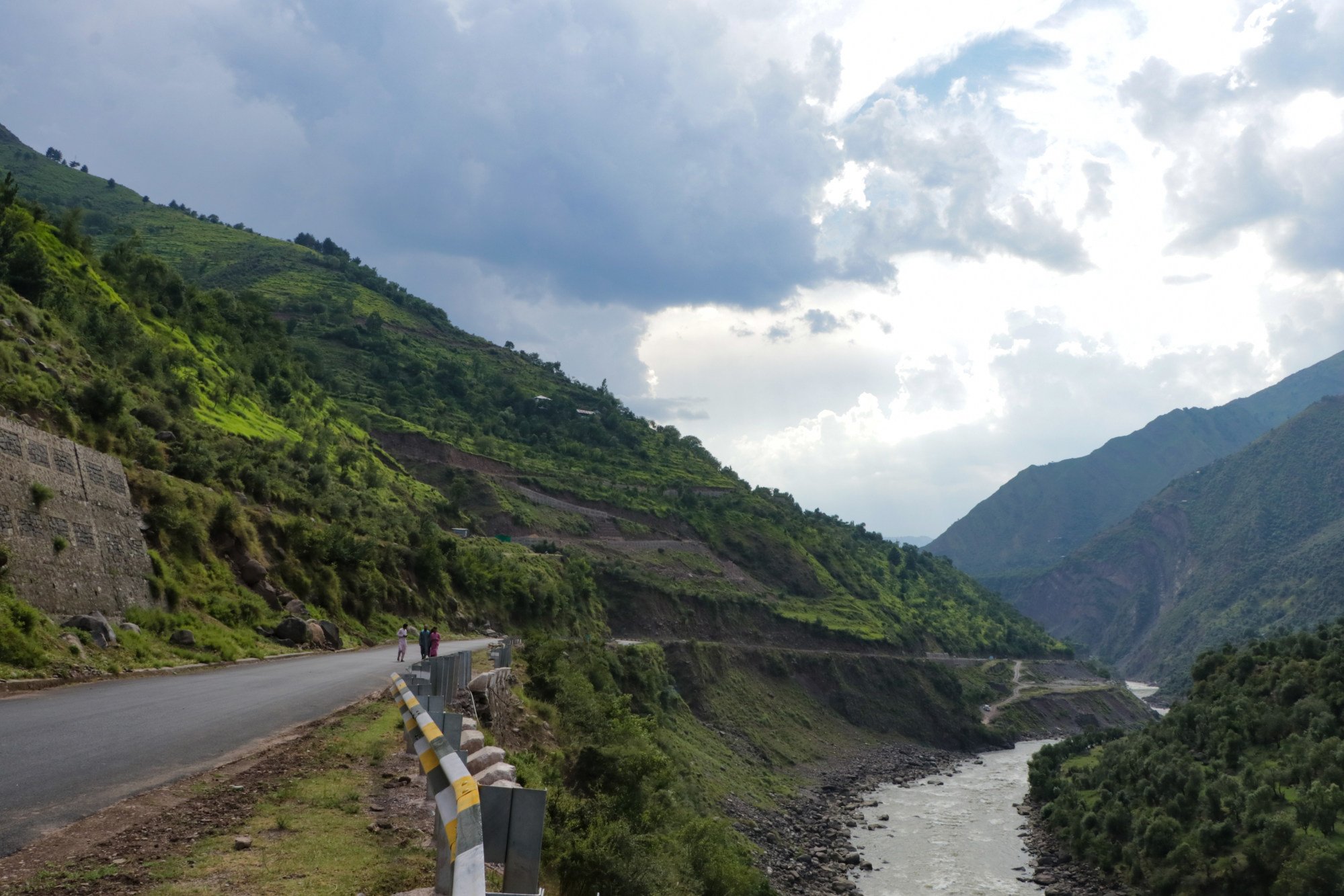
Pandu was in the thick of all the fighting because of its strategic position, Pakistani officers stationed there said.
It overlooks mountain ridges that cascade northwards towards the town of Uri, 16km inside Indian-administered Kashmir.
The closest ridge to Pandu is home to a Pakistani military position, located just 300 metres from the closer of two Indian camps situated at exposed, lower positions.
Singapore bans Modi favourite ‘The Kashmir Files’ for stirring racial hate
Movement at both Indian camps is visible across a gorge from Pandu through the sniper’s scope lent to This Week In Asia by Lieutenant Colonel Rashid Hussain, commander of the Pakistan Army battalion guarding the Line of Control in the Jhelum Valley.
“Pandu has become a matter of honour for the Indian army because they seized control of it in 1947 but were forced to relinquish it,” Hussain said. “They took some ground in the area again in 1965, but had to retreat, and in 1971 they tried once more but got nowhere.”
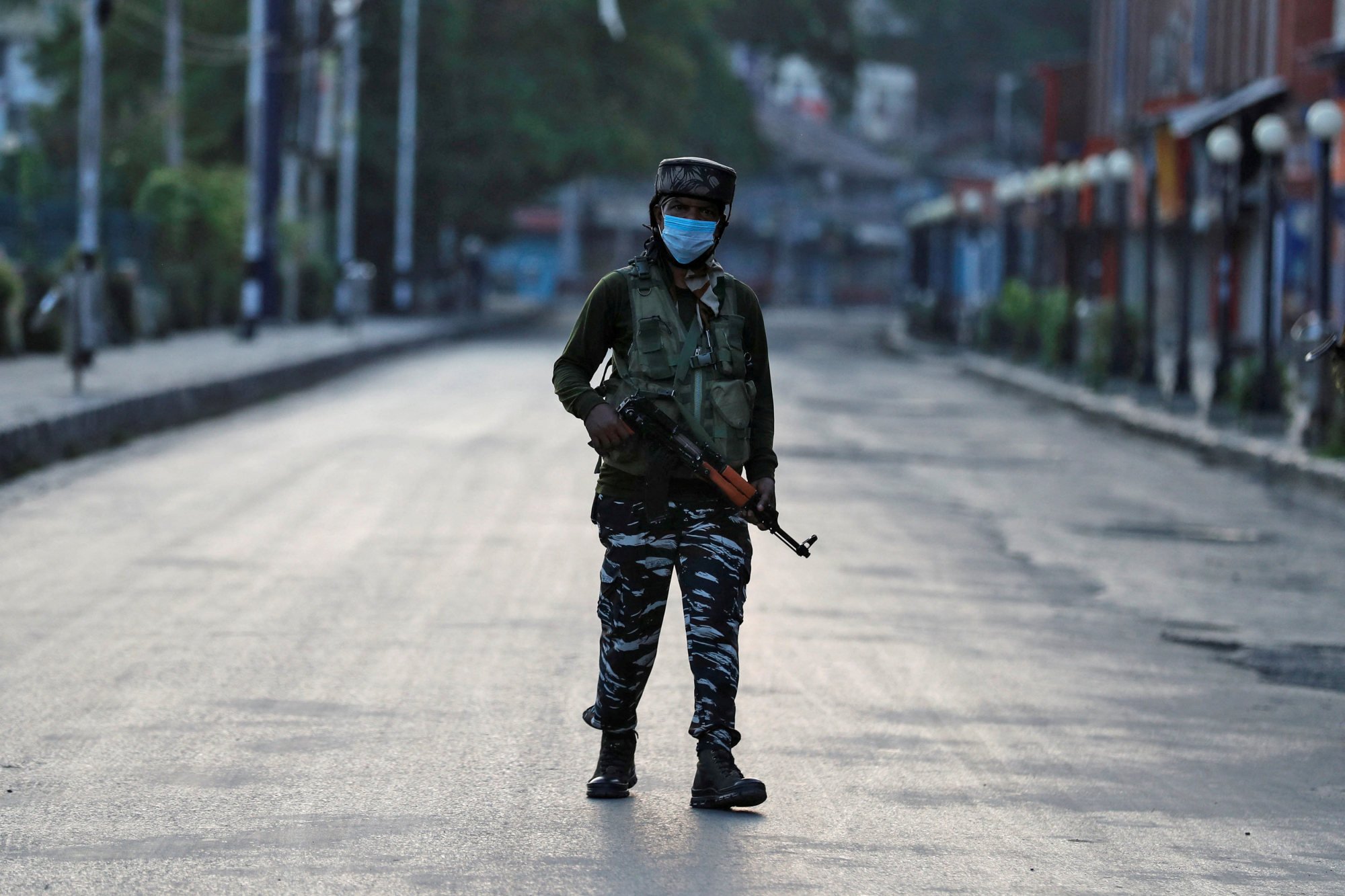
‘Crucial and unpredictable’ few years
The move divided Kashmir into two states – Jammu and Kashmir, and Ladakh – and incorporated them into the Indian union.
New Delhi also lifted a ban on the ownership of property in Kashmir by non-natives, given voting rights to settlers from the Indian hinterland, and increased the proportion of seats in Hindu-majority areas – moves that Kashmir’s Muslim majority fear are aimed at making them a subservient minority.
Kashmiris are preoccupied with “the wholesale tearing down of the legal architecture in the region”, said Shakir Mir, a journalist and analyst based in Srinagar, the summer capital of Jammu and Kashmir.
‘What we’re doing is not evil’: meet the Instagram models of Kashmir
The administrative changes enacted by India over the last three years have “estranged Kashmiris” from their goal of staying politically as close as possible to the disputed status in effect since 1947, he said.
This has sparked a surge in militancy by Muslim teenagers with no previous inclination for anti-India activities, particularly in Srinagar city, he said.
“This means that the anger that the August 2019 decision left in its wake has catalysed a new wave of armed violence,” Mir said.
In response, the Indian government has “ramped up securitisation of Kashmir to keep the assailants at bay”.
“The next few years are therefore going to be crucial and unpredictable,” he added.

9/11 ‘changed everything’
Similar sentiments are prevalent among Kashmiris under Pakistani rule, following Islamabad’s reluctance to go to war in 2019 to press its claims, according to academics in Muzaffarabad, the region’s capital.
Despite the enforcement of a ban on Line of Control crossings by militants from the Pakistani side, many Kashmiris there still feel the urge to take up arms against India, the analysts said.
Islamabad’s diplomatic position has for decades been undermined by its support for Islamist militants who have crossed the disputed border to fight Indian forces.
The 2001 attacks on the US “changed everything” because it turned “our freedom fighters into terrorists”, said Sumaira Shafique, director of the Institute of Kashmir Studies at The University of Azad Jammu and Kashmir.
A December 2001 attack on India’s parliament by Kashmir-focused militants prompted India to muster its forces along its border with Pakistan, raising the prospect of another war between the nuclear-armed neighbours.
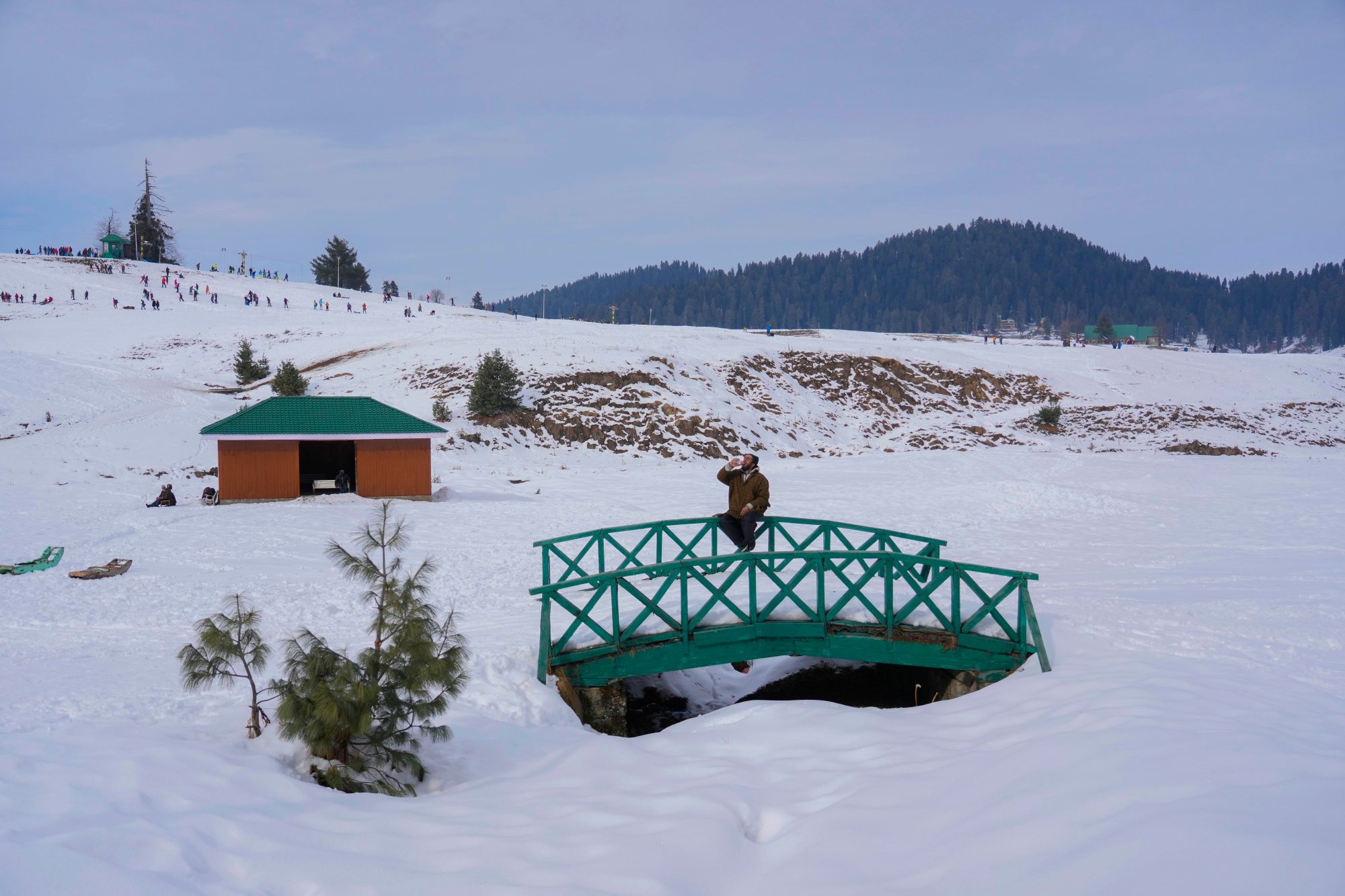
Talks had by 2006 yielded the outline of a peace agreement under which Kashmiris were allowed to meet relatives living on the other side of the border and trade goods.
The plan ultimately called for the withdrawal of Indian and Pakistani troops and for freedom of movement across the Line of Control.
But final signatures were delayed by elections in both countries. Then tension in Indian-administered Kashmir resurfaced over the government’s decision to grant land in Jammu to a trust that oversees Hindu pilgrimages to the Amarnath shrine.
The deal was scrapped altogether by India after Pakistani militants killed 166 people in Mumbai over a three-day period in 2008.

Violence in Indian-administered Kashmir reached its highest level in a decade in 2018, claiming the lives of hundreds, including civilians.
Former US secretary of state Mike Pompeo, in his memoir published this week, said India and Pakistan both believed the other was preparing a nuclear strike during the 2019 escalation, and claimed a “horrible outcome” was narrowly averted by Washington’s diplomatic intervention.
Islamabad had hoped that Delhi would reciprocate by reconsidering its annexation, but the Modi administration refused, saying it would not engage Pakistan diplomatically until it brought an end to militant attacks.

The China factor
The two countries had settled their dispute over the border between Gilgit-Baltistan and Xinjiang in 1963, soon after China seized parts of neighbouring Ladakh from India.
Were it not for this intervention, India would probably have succeeded in having the Kashmir issue removed permanently from the international diplomatic agenda, say academics.
“Pakistan did not push China into Ladakh, but now that it [China] has entered the fray in Kashmir, it [Pakistan] should ensure China stays involved,” said Raja Sajjad Khan, director of the Kashmir Policy Research Institute.
As long as Pakistan resists the temptation to annex Gilgit-Baltistan, China’s only direct air and overland crossing into Pakistan, the diplomatic conversation “will begin and end with Kashmir”, he said.
If China becomes more aggressive towards India in Ladakh, he said it could trigger Beijing’s competitors to try to destabilise Gilgit-Baltistan “through proxy warfare”.
Modi’s most trusted aides, Home Minister Amit Shah and Defence Minister Rajnath Singh, have repeatedly threatened to invade Pakistani Kashmir.
While Pakistan army officers say threats have not been backed up by troop movements, Delhi has repositioned its forces in preparation for a Kashmir war with both China and Pakistan.
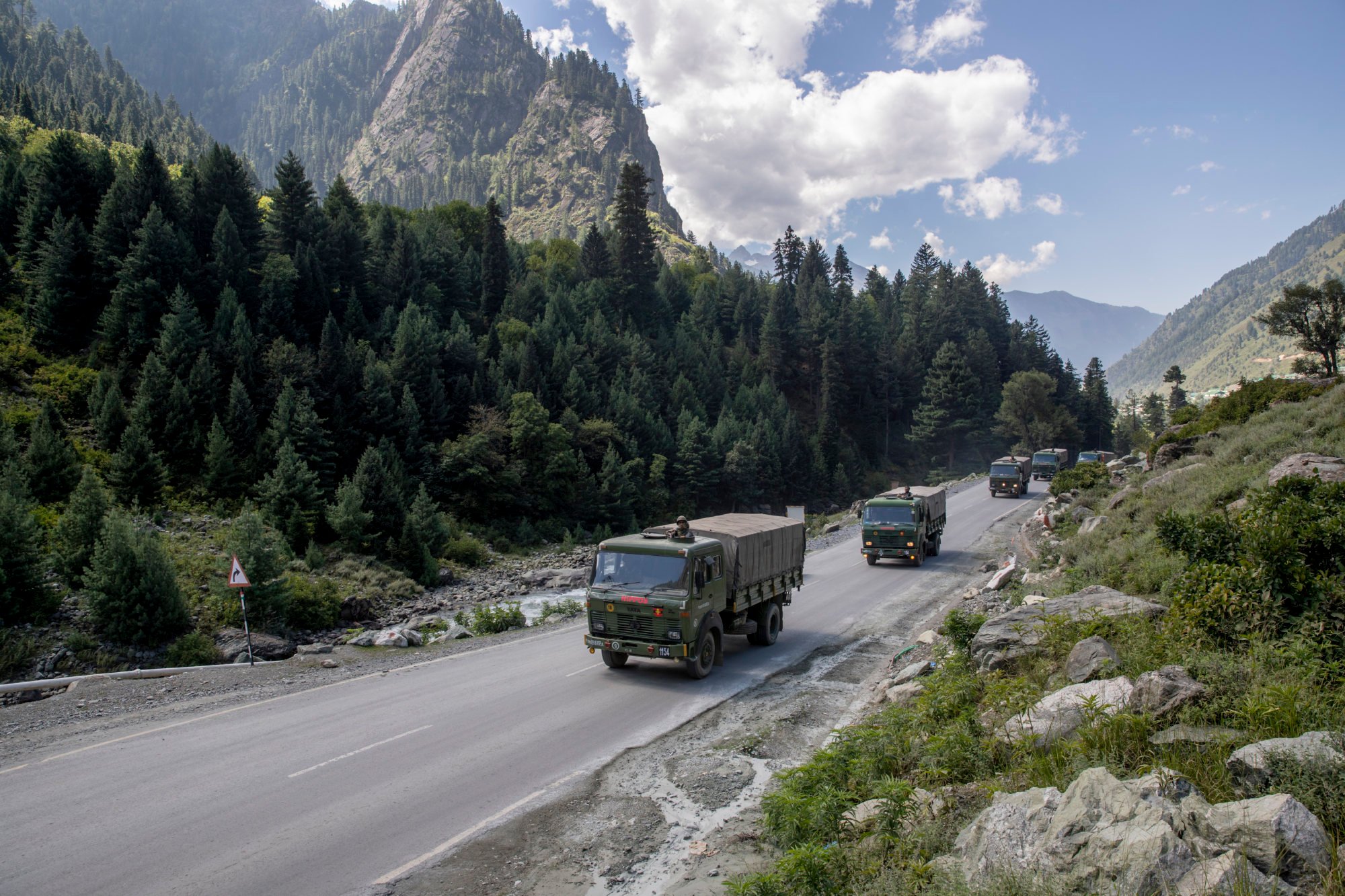
India has also deployed US-made drones and domestically-developed missiles along its borders.
This casts a pall over Kashmiris’ remaining hopes that talks would eventually lead somewhere.
The Modi administration has given “no indication that this or any other confidence-building measures discussed previously are under consideration” said Surya Valliappan Krishna, an associate director at think tank Carnegie India.
This “wishful thinking of a better outcome … is limited by the reality that this situation of relative peace could change anytime”, he said.


